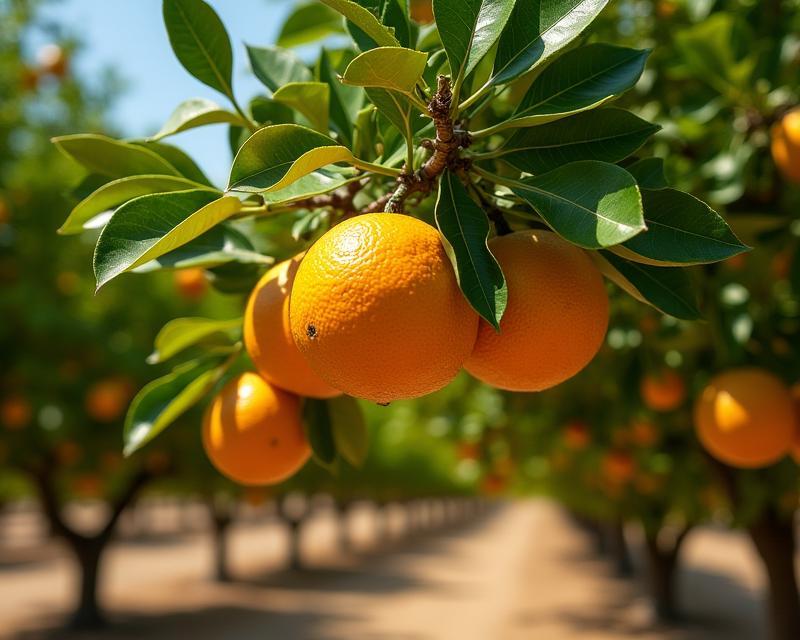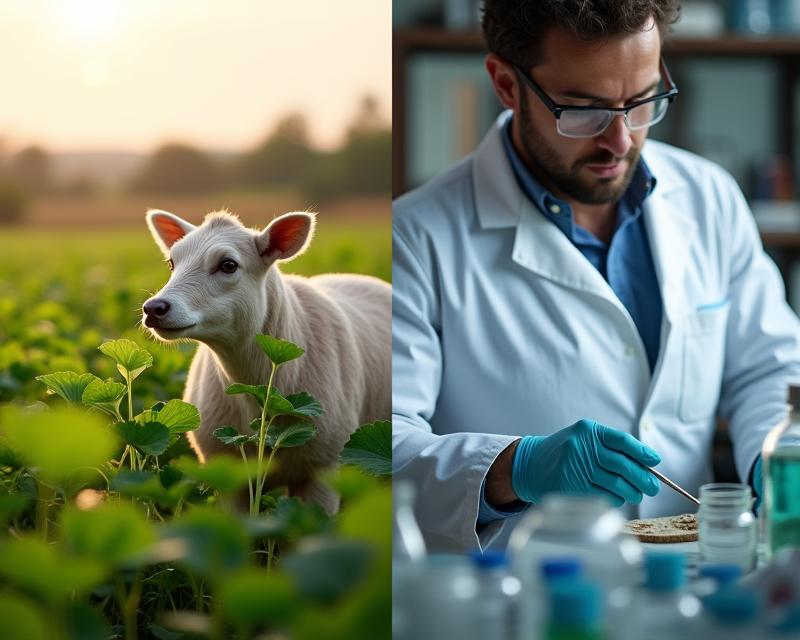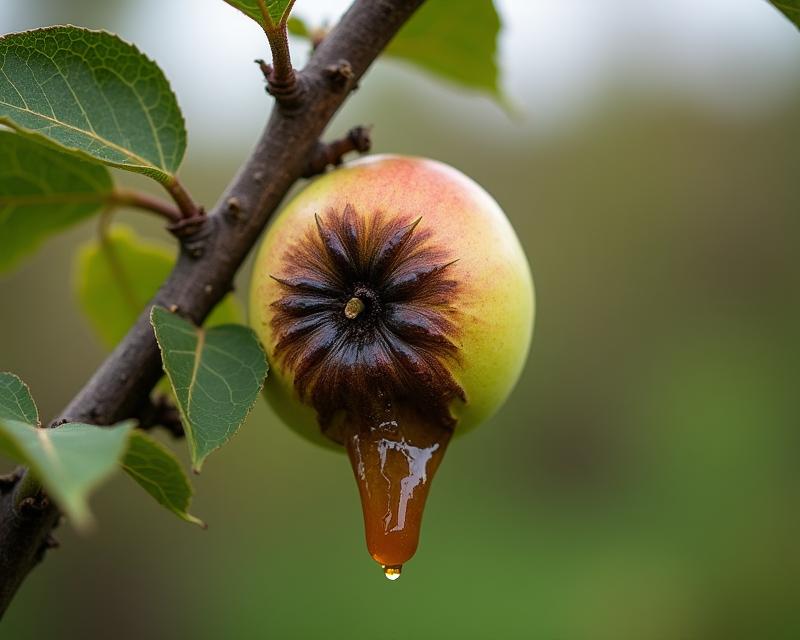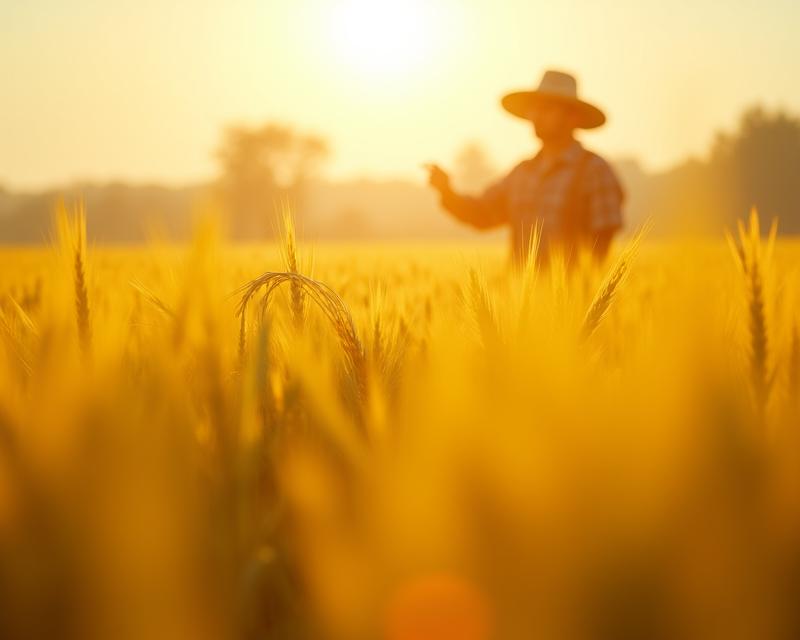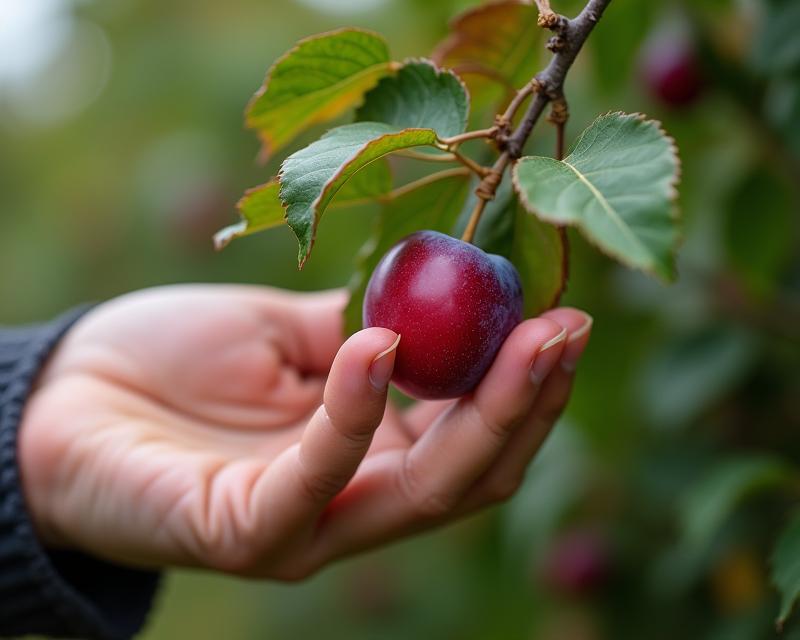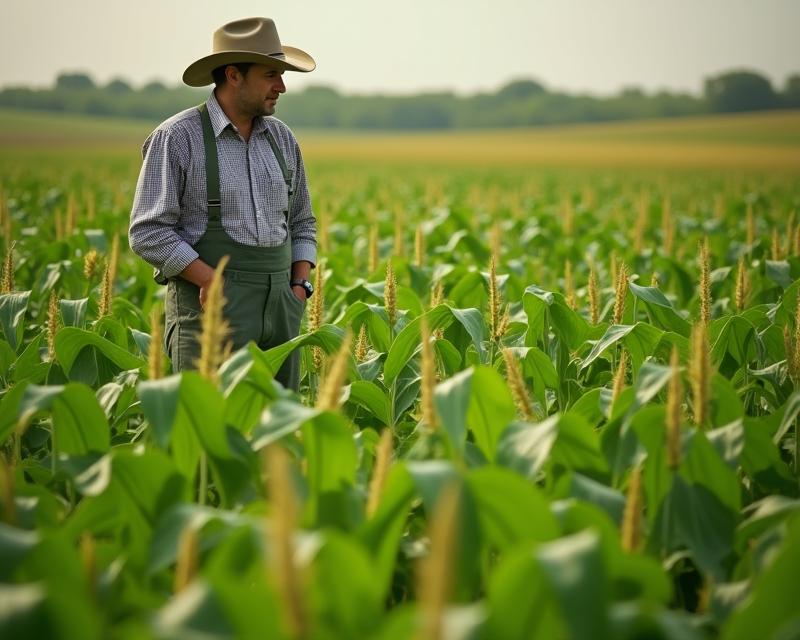Hawaii's GMO Papaya: A Story of Resilience
Publish in Crops el 04/07/2025 01:00
Hawaii's GMO Papaya: A Story of Resilience
The story of the Hawaiian papaya is a fascinating one – a tale of devastation, innovation, and ultimately, survival. For decades, the state's iconic fruit industry was on the brink of collapse due to the devastating Papaya Ringspot Virus (PRSV). This disease, spread by the ringspot borer beetle, threatened to wipe out the entire papaya crop, impacting livelihoods and the cultural significance of this beloved fruit.
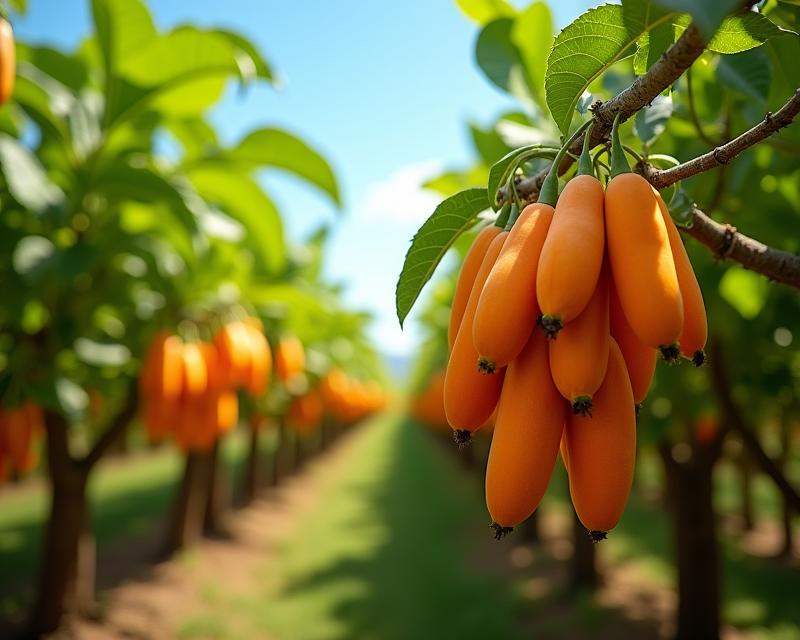
Traditional methods of disease control proved ineffective. Farmers faced immense economic hardship as their papaya trees succumbed to the virus. Then came a game-changer: genetic engineering. Scientists at the University of Hawaii, led by Dr. Peggy Barlett, developed a virus-resistant papaya. This wasn't just a tweak; it was a fundamental change in the papaya's genetic makeup, making it immune to PRSV. The first commercially available virus-resistant papaya, called Rainbow Papaya, was released in 1998.
The impact was immediate and profound. Farmers began planting the Rainbow Papaya, and within a few years, the virus-resistant variety became the dominant papaya in Hawaii. The papaya industry not only survived but thrived. Production rebounded, jobs were saved, and the Hawaiian papaya became a symbol of resilience and agricultural innovation. This case study is a powerful example of how biotechnology can be used to address serious agricultural challenges.
Of course, the introduction of GMOs isn't without its controversies. Concerns about environmental impacts, corporate control, and consumer acceptance are valid and deserve careful consideration. However, the success of the Hawaiian papaya demonstrates the potential of genetic engineering to solve critical problems facing farmers. It highlights the importance of scientific research and the ability to adapt to changing environmental conditions. The story of the Hawaiian papaya serves as a reminder that sometimes, innovative solutions – even those that involve genetic modification – can be essential for the survival of our agricultural industries. It's a complex issue, but the positive outcome for Hawaiian farmers and the papaya industry is undeniable. It's a valuable lesson for farmers everywhere facing similar challenges – that innovation and adaptability are key to long-term success.
